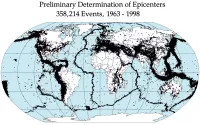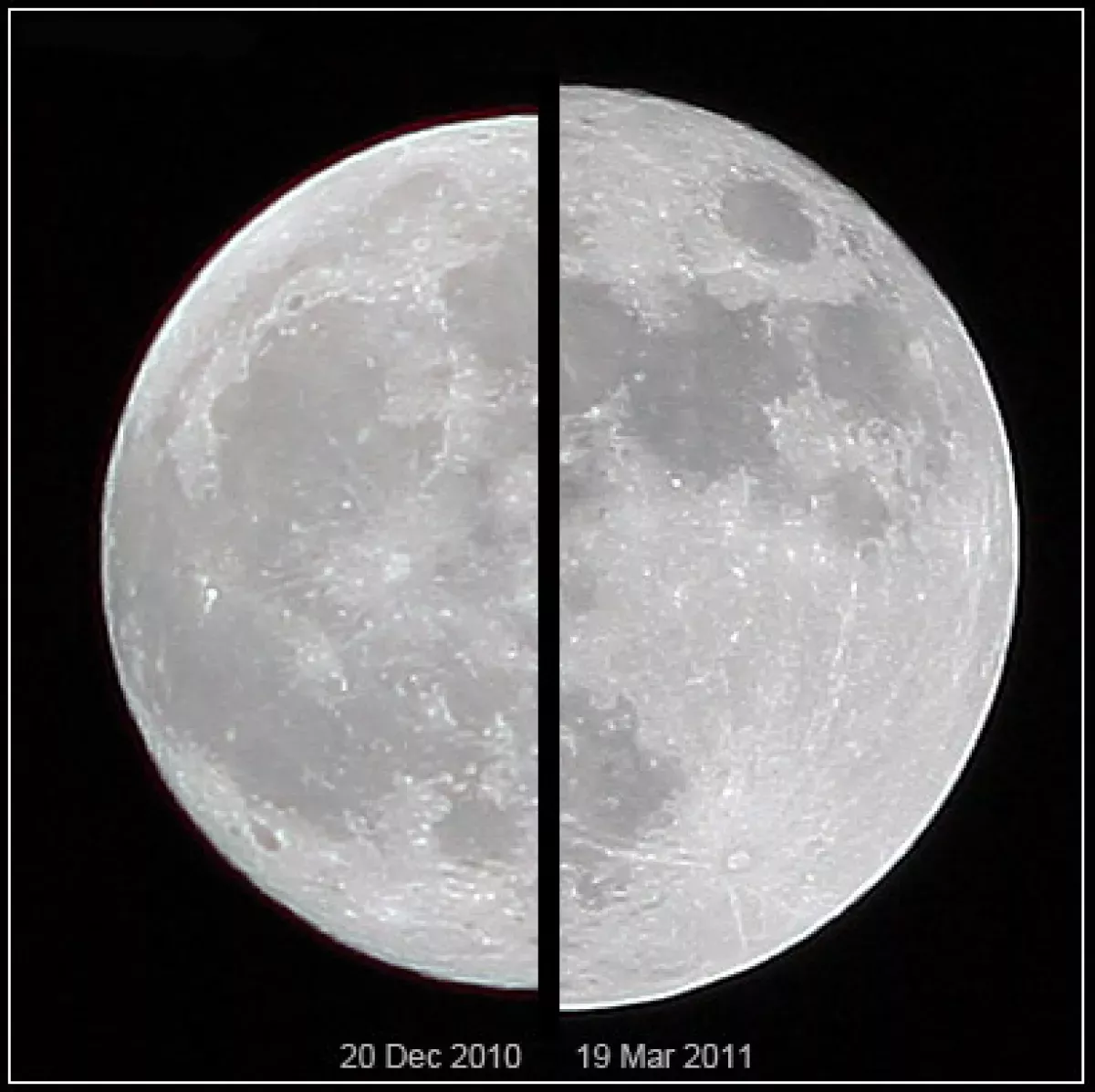A supermoon occurs when a full moon or new moon closely aligns with perigee, the point in the Moon's orbit closest to Earth. This proximity makes the Moon appear slightly larger from Earth. While it's referred to as a "supermoon," the term is rooted in astrology and lacks a strict astronomical definition. A more technical term is perigee syzygy.
1940: Micromoon Annular Solar Eclipses in Solar Saros 128
Most annular solar eclipses occurring between 1940 and 2120 in Solar Saros 128 are expected to be micromoon annular solar eclipses.
January 26, 1948: Previous Closest Supermoon
Before November 14, 2016, the closest full supermoon occurred on January 26, 1948.
1976: Publication of "Strategic Role Of Perigean Spring Tides"
Fergus Wood, a hydrologist with NOAA, published "Strategic Role Of Perigean Spring Tides in Nautical History and Coastal Flooding" in 1976. This publication would later influence Richard Nolle's definition of a supermoon.
1979: Supermoon Term Coined
The term "supermoon" was first coined in 1979 by astrologer Richard Nolle in Dell Horoscope magazine.
2000: Introduction of "Extreme Supermoon"
Richard Nolle introduced the concept of an "extreme supermoon" in 2000, defined as any new or full moons at "100% or greater of the mean perigee."
2004: Supermoon and the 2004 Indian Ocean Earthquake
The 2004 Indian Ocean earthquake and tsunami further fueled speculation about the potential impact of supermoons on natural disasters, despite the absence of scientific evidence to support this claim.
2011: Speculation on Supermoon and Natural Disasters
Media speculation arose regarding a potential link between supermoons and natural disasters, such as the Tōhoku earthquake and tsunami in 2011. However, this claim lacks scientific backing.
2011: Nolle Explains Supermoon Calculation
Richard Nolle provided further explanation of his supermoon calculation, based on 90% of the difference in lunar apsis extremes for the solar year, in 2011.
September 2015: Supermoon Total Lunar Eclipse Example
The total lunar eclipse that took place in September 2015 serves as an example of a supermoon lunar eclipse.
November 14, 2016: Closest Supermoon Since 1948
The supermoon on November 14, 2016, was the closest full supermoon since January 26, 1948.
May 8, 2020: Tehran Earthquake Coincides with Supermoon
The Tehran earthquake, which occurred on May 8, 2020, coincided with a supermoon. This event fueled further speculation about the possible connection between supermoons and natural disasters.
May 2022: Recent Supermoon Total Lunar Eclipse
A total lunar eclipse coincided with a supermoon in May 2022.
September 18, 2024: Recent Full Supermoon
A full supermoon occurred on September 18, 2024.
October 17, 2024: Upcoming Full Supermoon
The next full supermoon is expected to occur on October 17, 2024.
October 2032: Next Supermoon Total Lunar Eclipse
The next predicted occurrence of a total lunar eclipse coinciding with a supermoon is in October 2032.
November 25, 2034: Predicted Closer Supermoon
A supermoon closer than the one on November 14, 2016, is predicted to occur on November 25, 2034.
December 6, 2052: Closest Supermoon of the 21st Century
The closest full supermoon of the 21st century is predicted to happen on December 6, 2052.
2060: Micromoon Annular Solar Eclipses in Solar Saros 144
Almost all annular solar eclipses predicted to occur between 1880 and 2060 within Solar Saros 144 will be micromoon annular solar eclipses.
Mentioned in this timeline

An earthquake is the shaking of the Earth's surface caused...

A tsunami is a series of powerful waves caused by...

September is the ninth month of the year in the...
Trending

2 months ago Laura Ingraham: A Prominent Voice in American Conservative Media

26 days ago Scott Bessent Predicts Oil Price Drop Contingent on Venezuelan Events; Gas Prices Impacted.

Andre Drummond is a Jamaican-American professional basketball player currently playing center for the Philadelphia ers in the NBA He was...

1 month ago Lake Tahoe: Service Roads Closure, Heavenly Village Ice Rink Opens with Bear!

2 months ago Pat McAfee's Hilarious Halloween Costume: Cowher Reacts to 'Old Sports Media Man'
6 months ago Indian Regulator Bars Jane Street From Securities Market, Orders Disgorgement of ?4,844 Crore.
Popular

Candace Owens is an American conservative political commentator and author...

Tucker Carlson is an American conservative political commentator known for...

XXXTentacion born Jahseh Dwayne Ricardo Onfroy was a controversial yet...

Ilhan Omar is an American politician currently serving as the...

Kashyap Pramod Patel is an American lawyer who became the...

Bill Gates an American businessman and philanthropist revolutionized personal computing...
